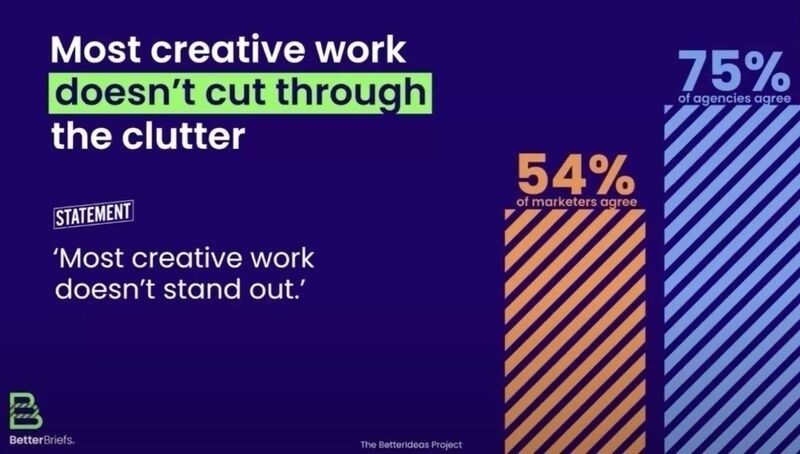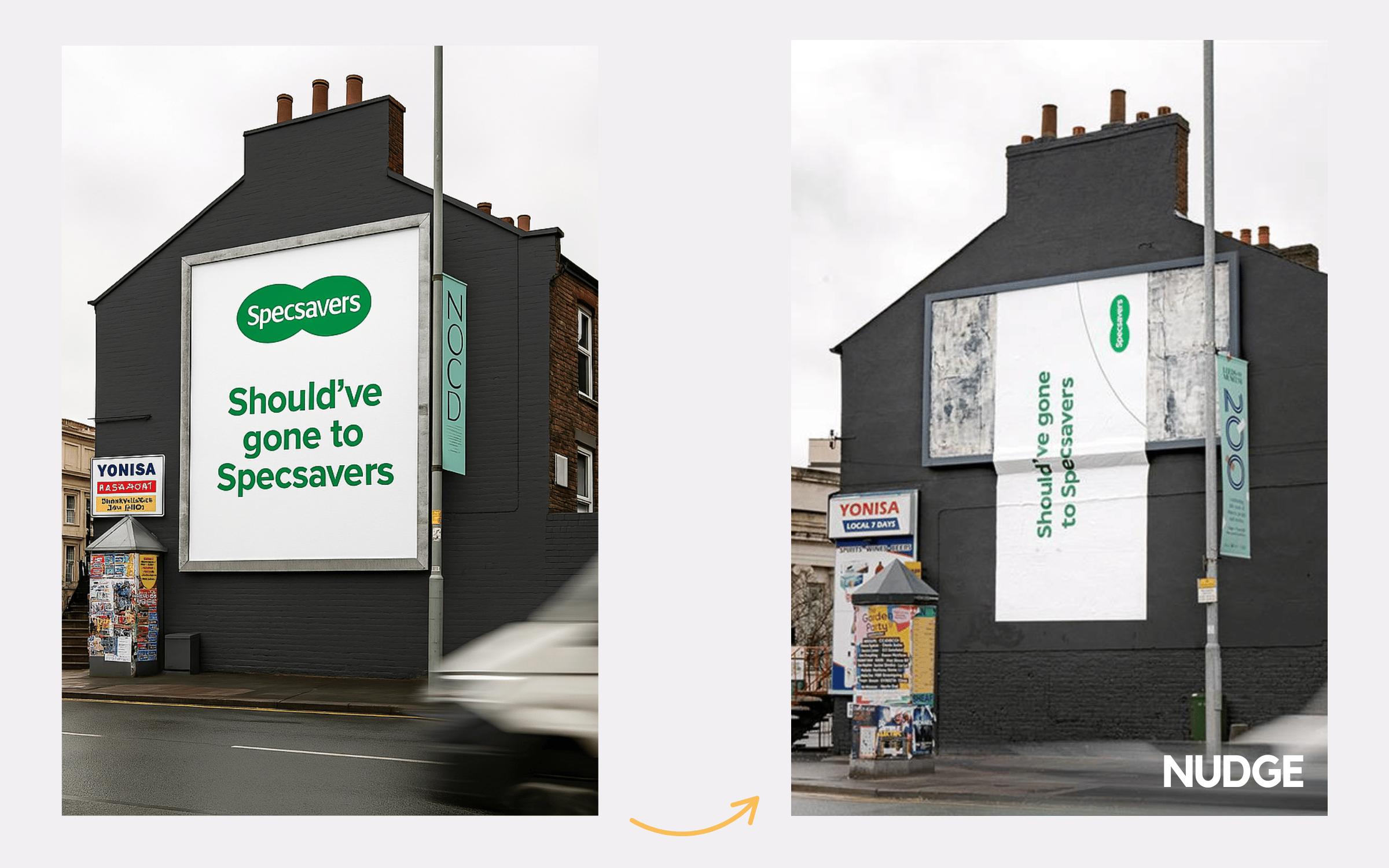Each individual is a heliocentric universe in which they are the sun.
When it comes to your marketing, they don’t care about you. They care about how your offer and brand fits into their universe as a satellite.
Don’t talk about you. Talk about what you do for them.
This highlights the difference between “creative” as a noun and “creative” as an adjective.

A creative piece of creative stands out in a sea of uncreative pieces of creative.
via Edward Cotton
It’s no so much the tariffs themselves (though they’re certainly not helping, especially for anyone relying on goods from China), but the uncertainty about what, when, and how much that is wreaking havoc on planning right now.
Some large companies are refusing to even give guidance in earnings reports because it’s a fool’s errand.
The supply chain signals are clear though:
the CEOs of Target, Walmart, and Home Depot convened with the president to warn that supply chain disruptions caused by tariffs will lead to notable product shortages in their stores within just a couple of weeks
Freight company HLS Group told clients earlier this month that it has already recorded 80 cancelled vessels out of China as tariffs crunch demand


